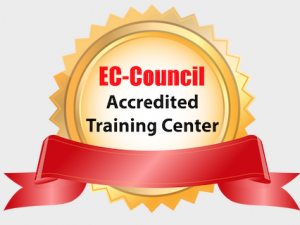Course Overview:
This course engages students by providing in-depth knowledge of the most prominent and powerful attack vectors and an environment to perform these attacks in numerous hands-on scenarios. This course goes far beyond simple scanning for low-hanging fruit, and shows penetration testers how to model the abilities of an advanced attacker to find significant flaws in a target environment and demonstrate the business risk associated with these flaws.
Attendees to TN-919:Penetration Tester course will receive TechNow approved course materials and expert instruction.
Date/Locations:
No Events
Course Duration: 5 days
Course Objectives:
- Advanced Hash Manipulation
- Command Shell vs. Terminal Access
- Enumerating Users
- Exploitation Fundamentals
- Injection Attacks
- Legal Issues
- Metasploit
- Moving Files with Exploits
- Obtaining and Passing Password Representations
- Overview of Passwords
- Penetration Testing Foundations
- Penetration Testing Process
- Penetration Testing via the Command Line
- Profiling the Target
- Reconnaissance
- Scanning for Targets
- Using a Proxy to Attack a Web Application
- Vulnerability Scanning
- Wireless Crypto and Client Attacks
- Wireless Fundamentals
Course Prerequisites:
- GSEC or equivalent experience
- UNIX, Windows, networking, and security experience
- This is a hands-on skill course requiring comfort with command line interaction and network communications
Comments
Latest comments from students
User: kdwagoner
Instructor comments: Very knowledgeable. Kept class focused and on task
Facilities comments: Good
